Artistic Experiments / working with artists
A fresh perspective on our digital collections.
We invited artists to work with our data in the course of three «artistic experiments»
1.
Where to start
The basic idea: Invite artists to engage with our digital collections in a creative and critical manner. What is the benefit for the artists? What is the benefit for the library? To highlight treasures that too often remain hidden in the depths of the archives and to gain some new perspectives on them, not only for existing and new library users but also for us and our fellow librarians. Furthermore, the library as an organisation gains new insights into processes within the system that the institution takes for granted. Thus, artistic experiments may also be seen as levers for organisational innovation or even change.
The planning process for each experiment started with some basic decisions and some givens:
- Decide on the format of the program: Due to the Corona Pandemic, the whole program has to take place virtually – so let’s do a web residency
- For the third experiment we definitely wanted to have more physical engagement, so we decided on a hybrid format of on-site and virtual exchange
- Who is part of our team? Who will supervise the program? Who is our target group?
- Budget constraints – What’s the incentive for artists to participate? How many artists can we invite to participate?
- Timeframe – How long does the residency last? How much lead time do we need?



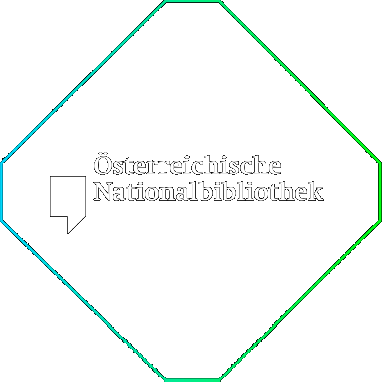
2.
Data
The ONB Labs artistic experiments are programs for fostering the production of data-based artworks, either image data, text data or metadata. Regarding data as a subject for artistic transformation, you have to make decisions about the selection, the data formats and the access provided for your target users.
2.1 SELECTION
How can historical collections inspire contemporary artists? How could our collections relate to topics artists engage with today? What do artists need to use the data creatively? These are some of the questions we asked ourselves in regard to opening our data sets for creative use.
For our first Web Residency, we decided to give artists the choice to work with any of our open data sets.
For the second program, we chose two collections, that seemed relevant and interesting for artists to work with: a newspaper collection and a set of aerial photographs. We picked these two sets also in order to have a balance of a text-cantered collection with an image collection which could also be combined.
For the third program we combined two sets already provided in the previous experiments with two new data sets. We also wanted the selection to be representative for the diversity of the Austrian National Library’s collections.
2.2 EXAMPLES OF DATA SETS
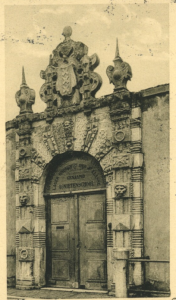
The ONBs postcard collection AKON. The platform contains a total of about 75,000 digitized postcards from all parts of the world, dating from the beginnings of the illustrated postcard at the end of the 19th century to the early 1940s
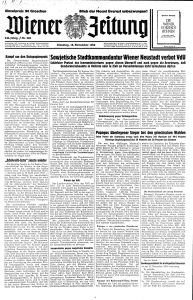
The Wiener Zeitung, one of the oldest newspapers worldwide. The public domain collection contains approximately 34.000 issues published between 1703 and 1882
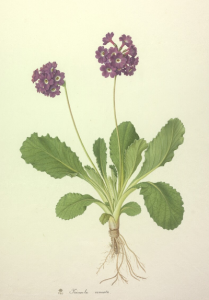
Botanical illustrations from the first half of the nineteenth century, a collection consisting of 1.800 digitized gouaches from the Austrian National Library’s graphic collections.


2.3. ACCESS TO AND PREVIEW OF THE DATA
How to give artists access to the data and how can they preview the data for their application?

- Integrated viewer for quick browsing
(Web Residency 2022) - File dumps
- Graphical interface access points
(Art program) - APIs
3.
Who
As the target group for the program, the library team defined artists and art students of any field. The only requirement was that the artists be able to deliver an art work that can be exhibited in a browser.
The library’s team consisted of a project manager and a web developer. The project manager is responsible for overseeing the program and managing the communication between the library team, the artists, and the artistic supervisor. The web developer is responsible for ensuring that the artworks can be exhibited in a browser.
Working with an artistic supervisor can be helpful, especially if the library team does not have experience working with artists. The artistic supervisor can provide expertise and guidance to the artists, help to manage expectations between the library and the artists, give feedback to both parties throughout the process and provide access to their network and communities.

4.
Open call
In collaboration with the supervisor, we designed an open call for artists to apply to participate in the program. We published it on our website and spread it on relevant platforms, on social media, art schools and mailing lists. During the run time of the call, we repeatedly sent out reminders and promoted it via social media.
4.1. EXAMPLE
Link to ÖNB open calls:
Web residency
Art Program

5.
Planning the presentation
In our case, since our first two programs were taking place virtually, it made sense to create an online exhibition platform. Some questions we asked ourselves were: How long will the artworks of the program be available online? Is the platform used for changing exhibitions or rather a growing collection of artworks? How usable does the platform have to be?After launching our call, we started the development process of the online art space for presenting the results of our artistic experiments. From the start we worked closely with the artists and our supervisor to design a platform that showcases their work in the best possible way.

6.
Kick off
t is important for the artists to get a deeper understanding of the collections they will be working with, but also to get to know your institution and the people involved. For each of our programs we organized a kick-off meeting, either physical or virtual, where we presented the collections and data and ways to access them, and the artists introduced themselves to us and to each other.

7.
Guidance
We provided guidance and support to the participants throughout the entire process. We organized virtual meetings with the artists to check in on their progress, offer feedback and provide data or advice wherever needed. In addition, we held a mid-term workshop where artists could come together to present their work done so far and receive feedback from the artistic supervisors as well as their peers. If feasible, arranging studio visits can be a great opportunity to see the artist’s work in progress and gain insights into their creative process.

8.
Showcase
Celebrate the launch of the exhibition and communicate the project’s results externally to the public and to the library community through press releases, blog posts, social media and presentations. It is equally important to share the project with your own institution’s staff, to introduce them to the artworks and collect feedback on the project.

EXAMPLE
Link to Artspace: https://labs.onb.ac.at/artspace/
9.
Collect
How to preserve the art works, catalogue and archive them? Who will update digital artworks to keep them functional? How to re-use the results? Preserving and cataloguing (virtual) artworks can be challenging for libraries whose main focus is on physical books. To address these challenges, each artistic experiment requires its own solutions and all parties involved should be part of finding them.


Team
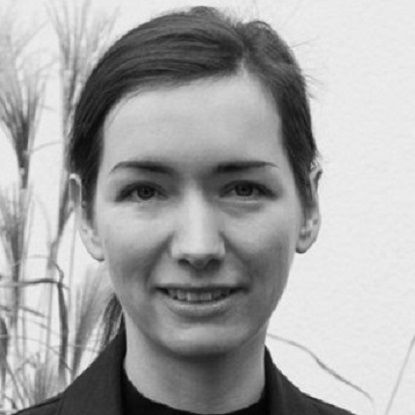
Project Coordinator

Project Coordinator

Steering Committee Member
Open Digital Libraries for creative users 2020 – 2023

